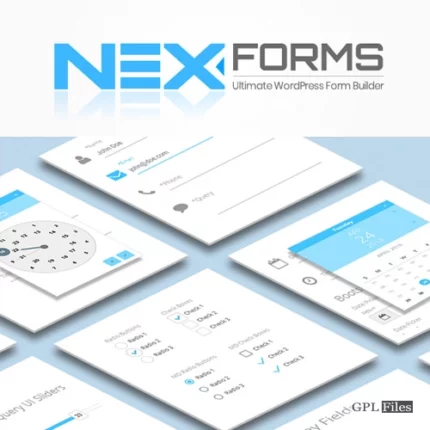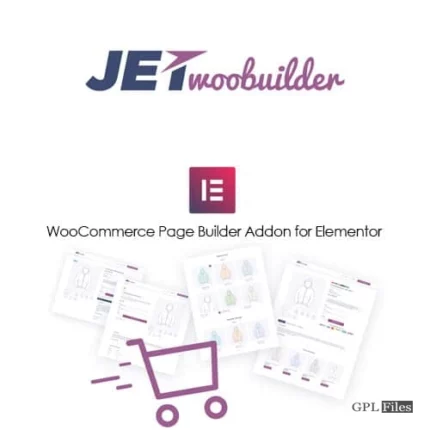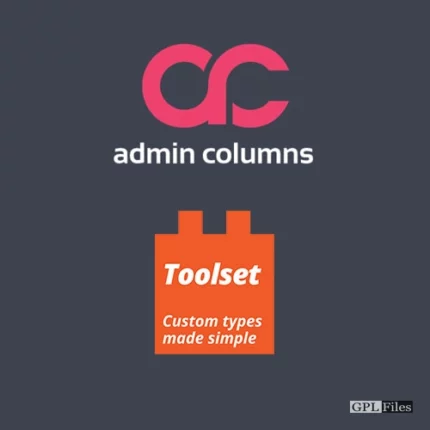WPtouch Pro | Mobile Suite for WordPress
One may be excused for questioning, in this day and age, when responsive themes are the standard, why a plugin is required to make a WordPress site mobile friendly. The explanation is straightforward: WordPress has been around since 2003, which means that owners of websites that were built before WordPress are seeking for a solution to create a mobile-friendly version of their tried and true website.
In this tutorial, we will walk you through the steps necessary to make your WordPress site compatible with mobile devices by utilising WPtouch. But before we get to it, let’s have a look at some of the reasons why selecting a responsive theme rather than utilising WPtouch would be a better alternative:
Why you should consider a responsive theme instead of WPtouch
Using a theme that is completely responsive is currently the most effective method for making a WordPress website compatible with mobile devices.
When compared to utilising WPtouch, the primary advantage of doing so is that it eliminates the need for any additional steps to develop responsive content. This is not the case when using WPtouch. Your website is considered responsive if the theme it uses is also responsive. As a consequence of this, there is no requirement to set up an additional plugin such as WPtouch.
In addition, the most significant drawback of utilising WPtouch is that it generates a generic theme for your website when viewed on mobile devices. This theme may appear very different to the WordPress theme that you are currently using on your website. This is not at all desirable from a marketing and branding standpoint. If, on the other hand, you decide to go with a responsive theme, you will be able to maintain design coherence across all platforms, including mobile and desktop computers.
To make things even more straightforward, every current WordPress theme worth its salt will come equipped with complete responsiveness out of the box.
We are not in any way suggesting that WPtouch is superfluous; if that were the case, we would not be writing this post. In spite of this, we do believe that the utilisation of a theme that is totally responsive is the best choice, provided that you are able to make it work for you. In that case, let’s get started with our step-by-step guide to make your website mobile-friendly with WPtouch!
How to make your WordPress site mobile friendly with WPtouch
The ease of use of WPtouch is one of its most appealing qualities. You will note that it provides you with a new mobile theme as soon as you install and activate it from the WordPress plugin repository. This makes it the simplest method for making your WordPress site compatible with mobile devices after you have already installed it. The following are some instances of how WPtouch displays the three most important portions of any given blog, namely the posts and pages, the homepage, and the comments:
Once the plugin has been installed and active, an impressively large amount of additional setting is not needed. On the other hand, in order to preserve the integrity of the design, we strongly advise that you make a few fundamental adjustments to your new mobile site in order to make it look more like your desktop site.
To make changes to the look of your newly installed mobile-friendly theme, navigate to the sidebar and select Theme Settings. WPtouch will then provide you with a comprehensive list of theme setting choices. Let’s narrow in on the ones that have the most significant effect on the way your mobile theme appears.
To begin, you will see that you have the ability to submit a personalised logo in order for it to be shown on mobile devices. In addition, you have the option of including a search bar in the header, as well as selecting which side the menu button will be shown on:
You may locate the Theme Colors section even farther down on that same page. It should come as no surprise that this interface gives you the ability to modify the colours that WPtouch employs. It is highly recommended that you use a colour scheme that is congruent with the overall design.
You also have the option of selecting from a variety of different fonts. Once more, we would like to recommend that you choose a typeface that is comparable to the font that is used on your desktop website:
At the very bottom of the page, you will find a selection of settings that apply to the manner in which your blog articles are displayed. These options are as follows:
You have the option of displaying thumbnails, tags, the post date, and the number of comments that have been made on each individual post.
Optional step: consider WPtouch themes for improved design consistency
In the event that the design of your desktop website is not complemented by the default WPtouch theme as much as you would like it to be, you may want to think about purchasing one of WPtouch’s seven premium themes, which start at $35 each, in order to make your WordPress site mobile friendly in a manner that is more distinctive.
You are able to search through their inventory using that location. WPtouch will display screenshots and further information when you click on any of the themes that are currently available. Click “Learn More” to proceed to the page where you can make your purchase.
Conclusion
Because more than 80 percent of people who use the internet have a smartphone, there is no question about the significance of having a website that is optimised for mobile use. Ignoring users of mobile devices might be disastrous for your website since users of mobile devices have come to demand experiences that are optimised for mobile usage and have little patience for websites that are difficult to browse.
Make sure to choose one of the following alternatives for your website so that it may be viewed effectively on a variety of different sized screens:
- Option a) Begin from scratch with a theme that is responsive (we would of course recommend one of ours).
- Option b: To make your mobile site seem like your desktop version, install and personalise the WPtouch plugin.
















Reviews
There are no reviews yet.